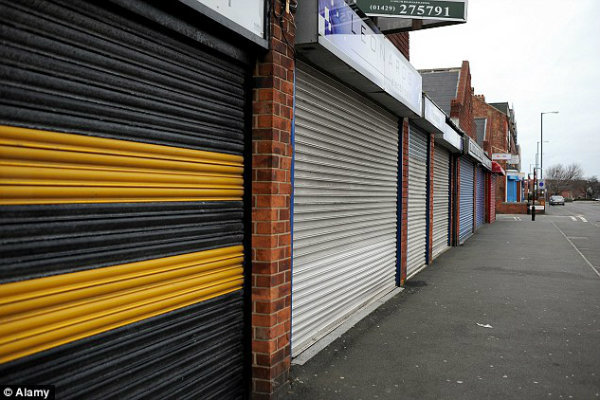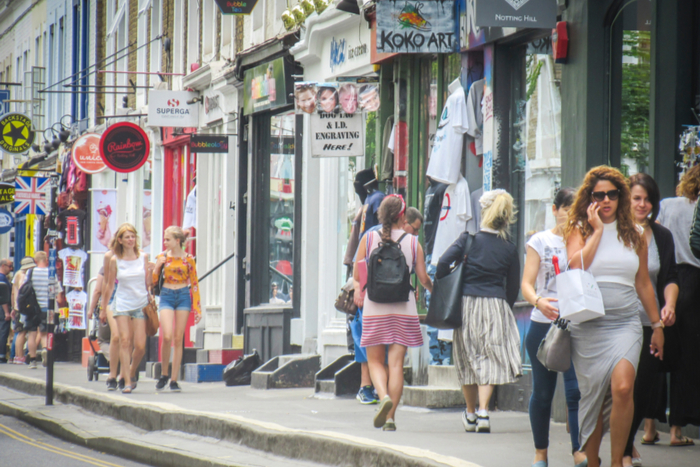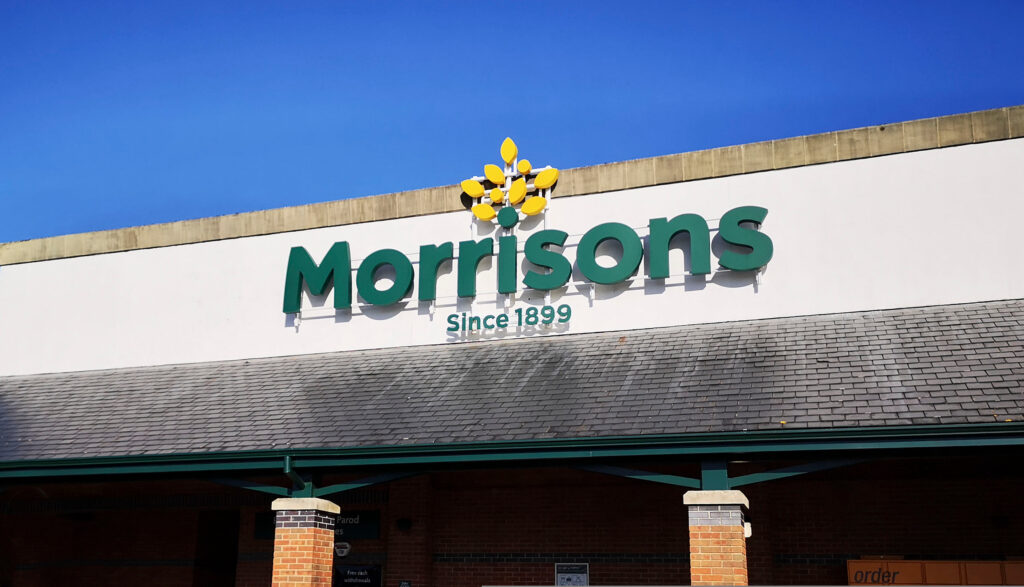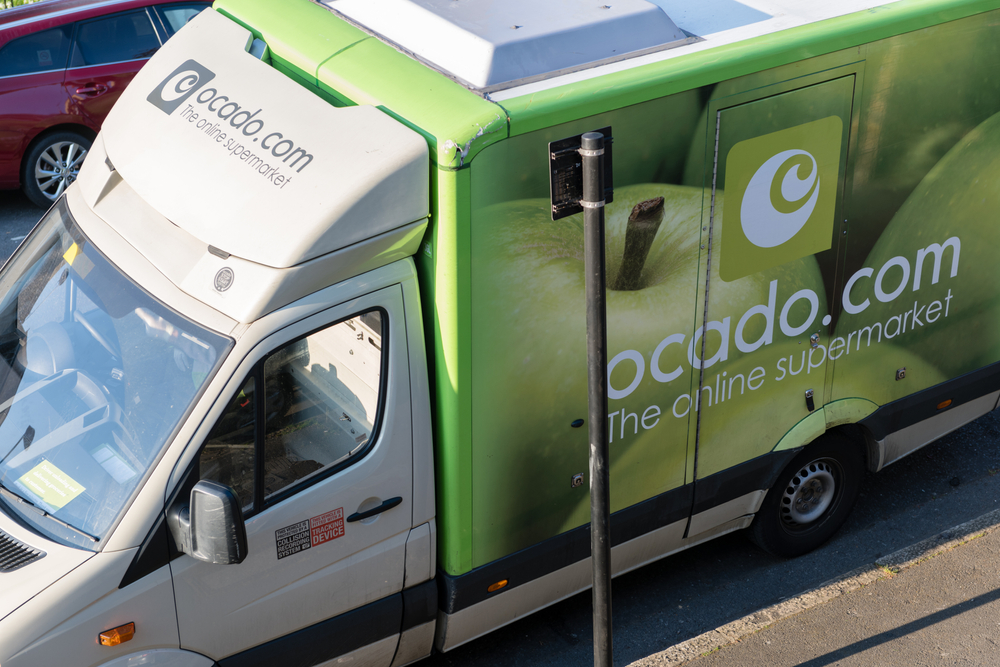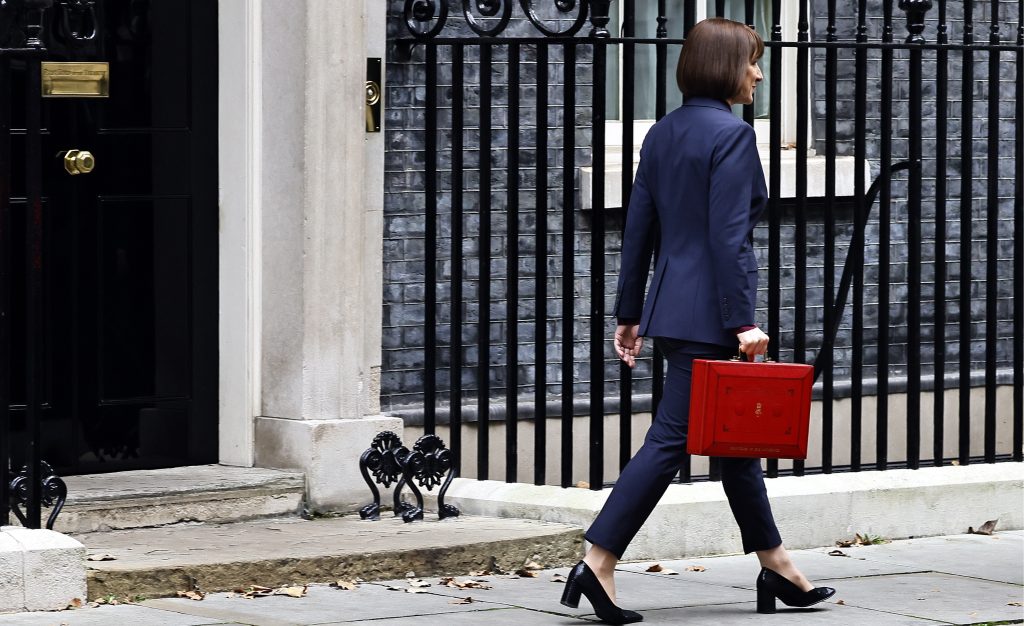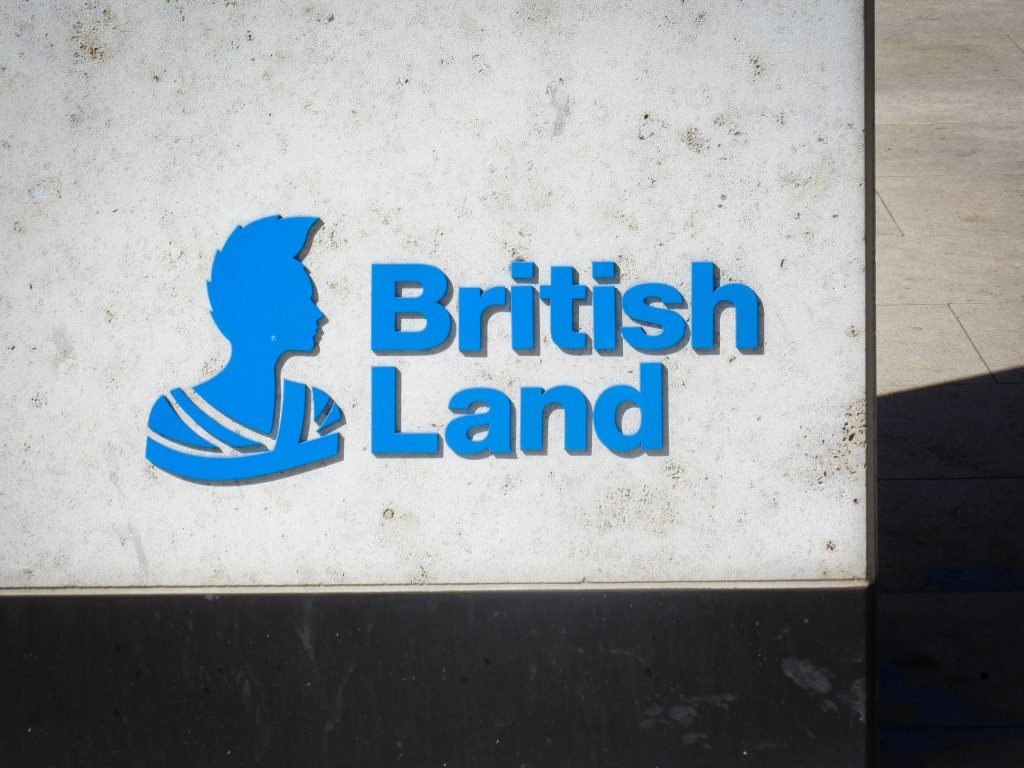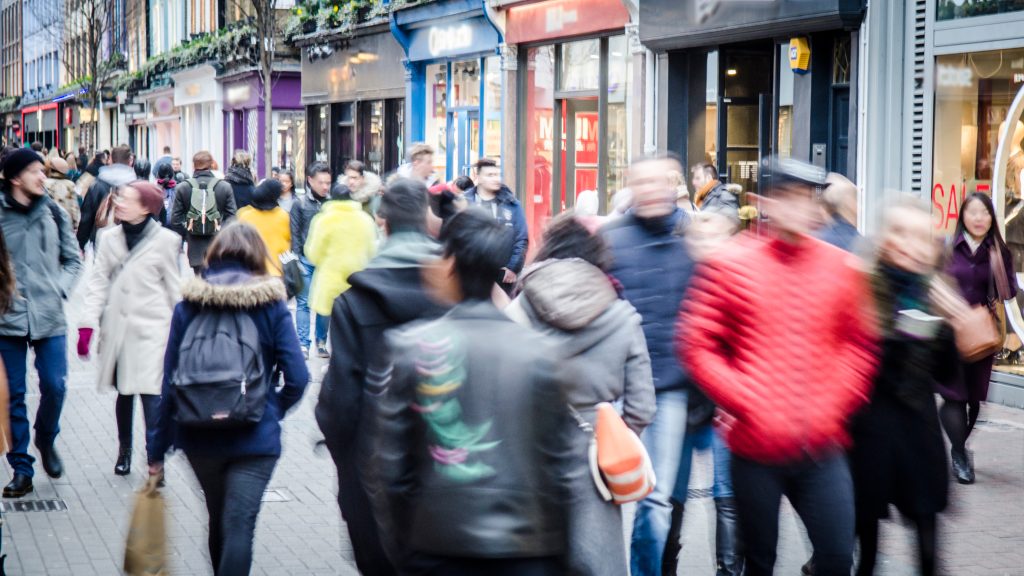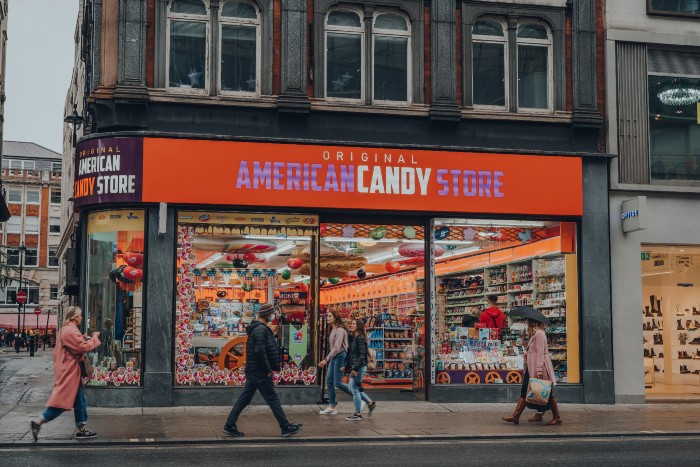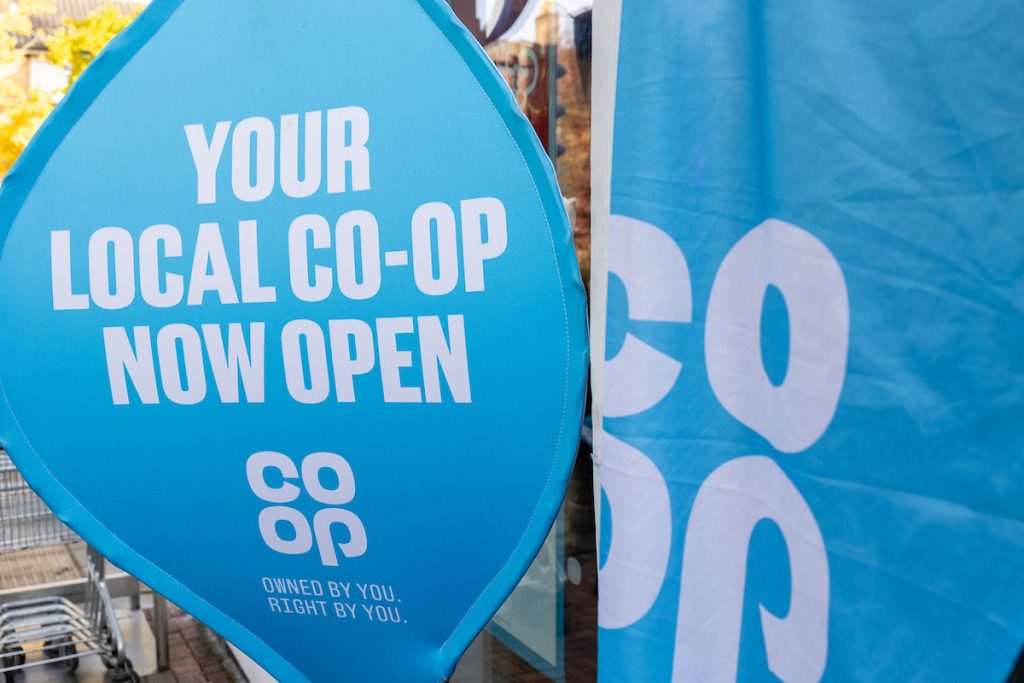The number of empty shops on Britain‘s high streets have fallen to their lowest level in over five years, according to the Local Data Company. The shop vacancy rate fell to 12.9% in September: the lowest figure since April 2010.
The vacancy rate for town centres fell 0.1% in September, shopping centre vacancies fell 0.2% and retail parks saw vacant spaces drop by 0.1% compared with the previous month.
Matthew Hopkinson, a director for the LDC, said: “Clearly, this is good news.”
At the same time, not all sectors are part of the positive change. The vacancy rate for food, drink and entertainment stores, including bookies, increased by 0.03% from August to 8.16%, which is in fact the highest level since the LDC began tracking such figures in 2013.
“There are a number of reasons for this and these will vary by specific location, but ultimately consumers have more money in their pockets as a result of wages being higher than inflation, employment levels are improving and there is greater focus on the living wage as well as zero-hours contracts,” Hopkinson continued.
The figures are also influenced by the disappearance of shops to other industries, most notably restaurants, which are becoming an increasing concern for high street retailers as businesses compete for spaces.
“The answer is mixed, in that while we are seeing certain business types expanding it is not across the board and what the data are showing is that over 400 shops last month were removed from the overall stock as a result of change of use, demolition or redevelopment,” added Hopkinson.
“The one note of caution that these numbers show is the marginal increase in the leisure uses vacancy rate by 0.03%, as this is a sector opening many new outlets every week.
“The big question is how long this can continue before profitability becomes impossible as a result of competition, cannibalisation of outlets and rising costs such as the living wage.”

